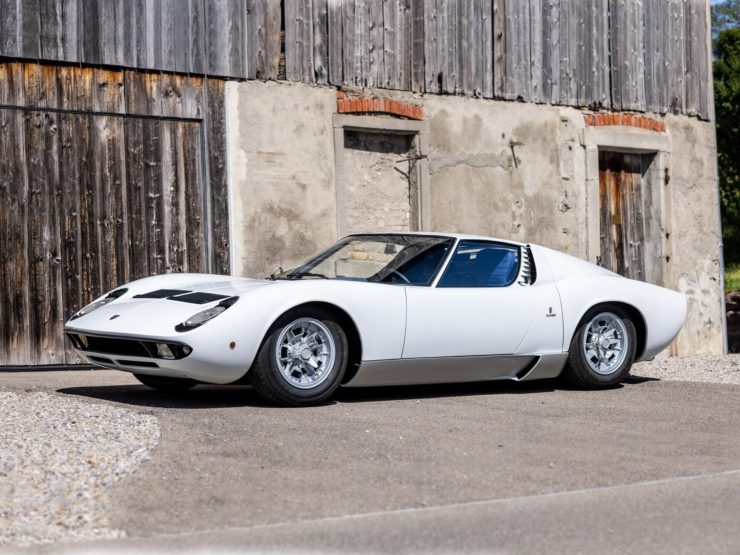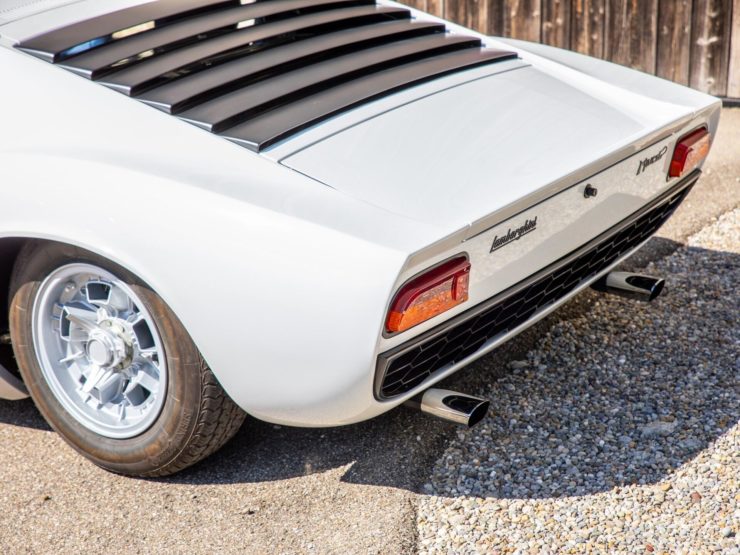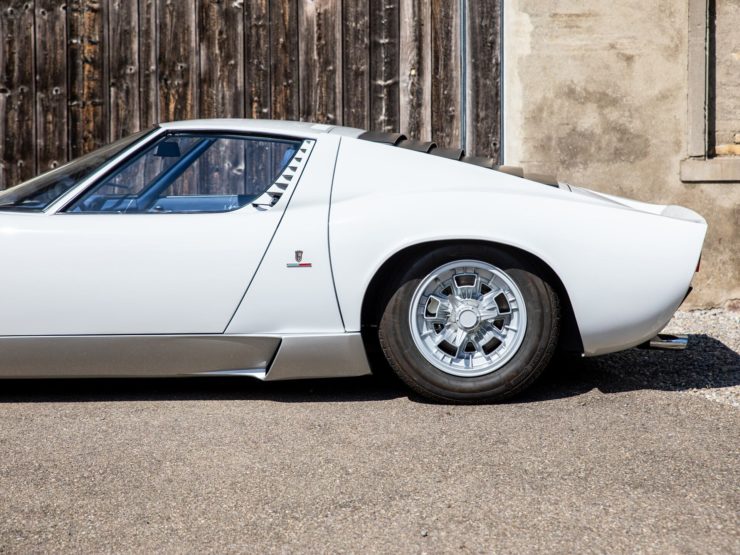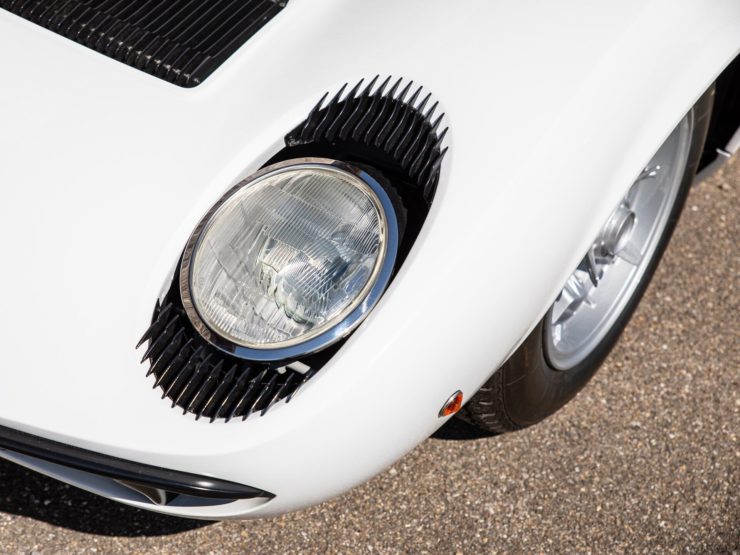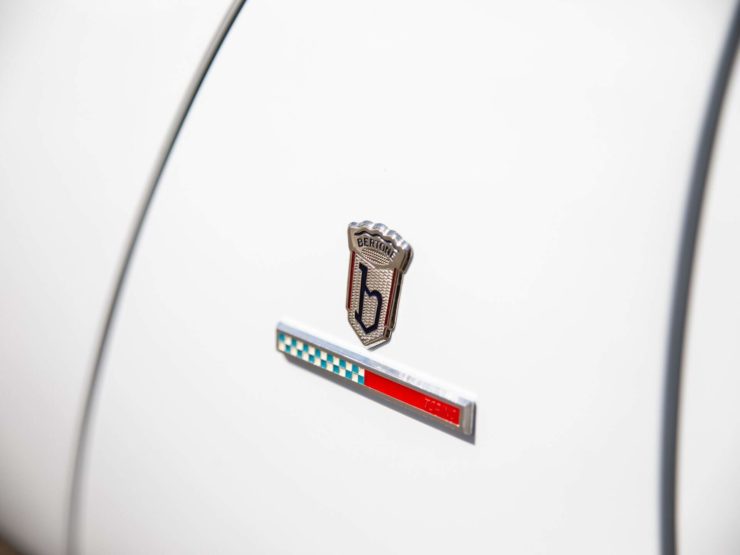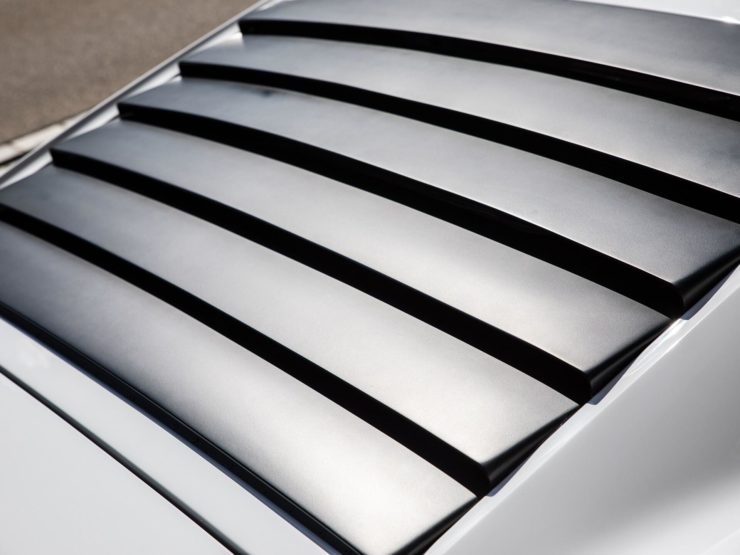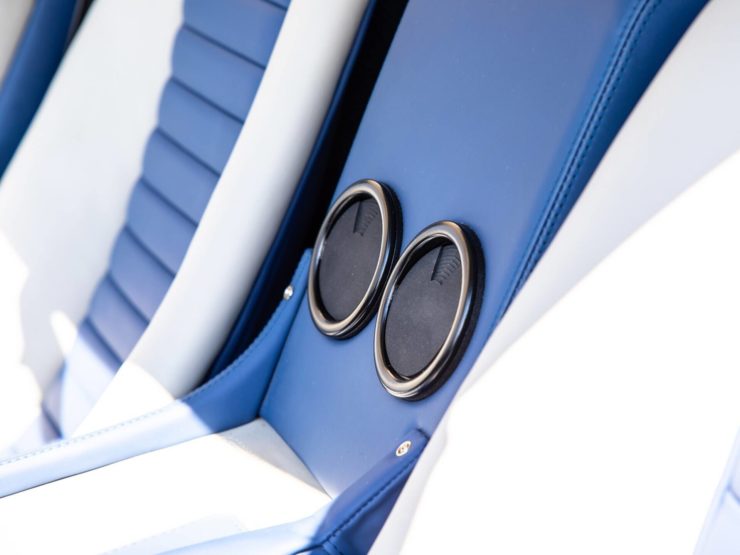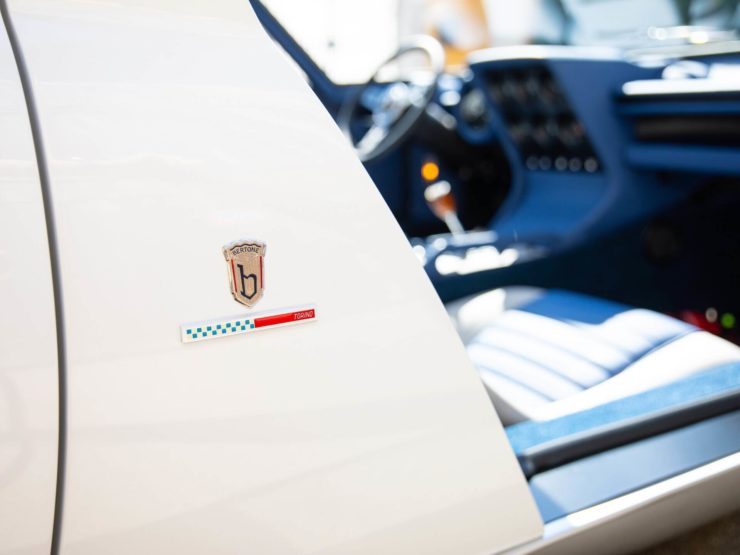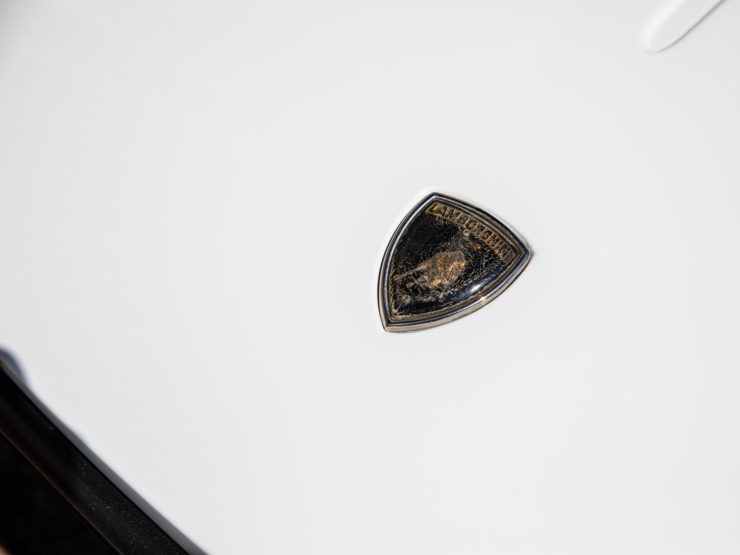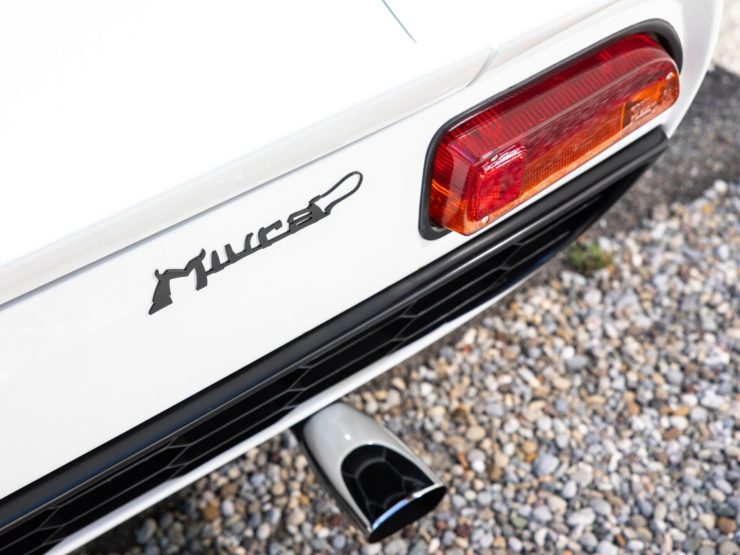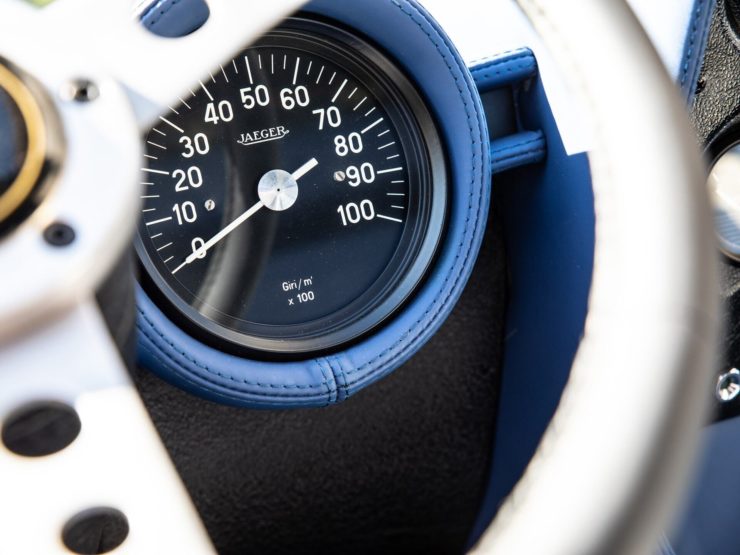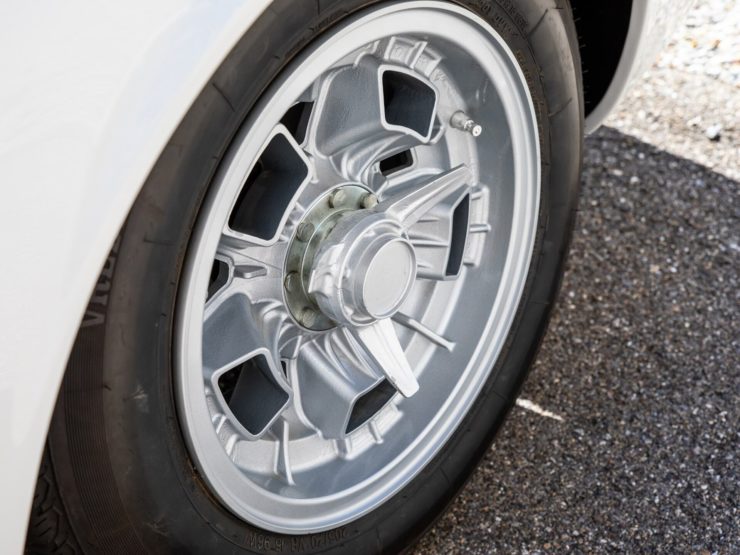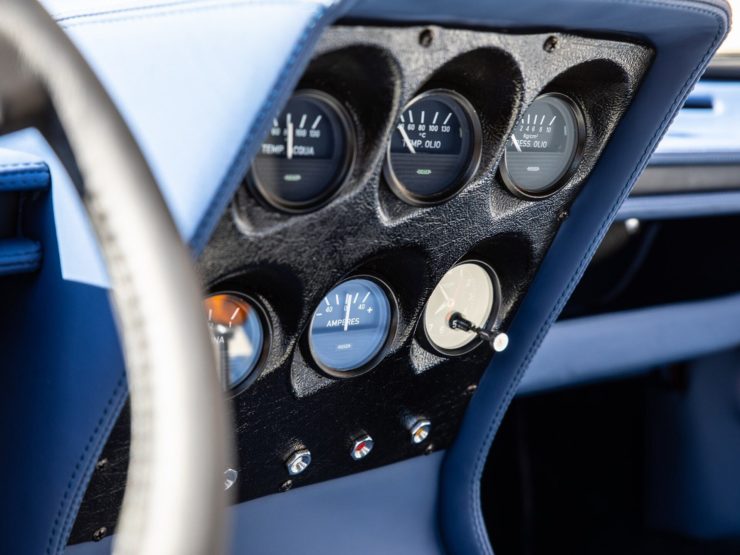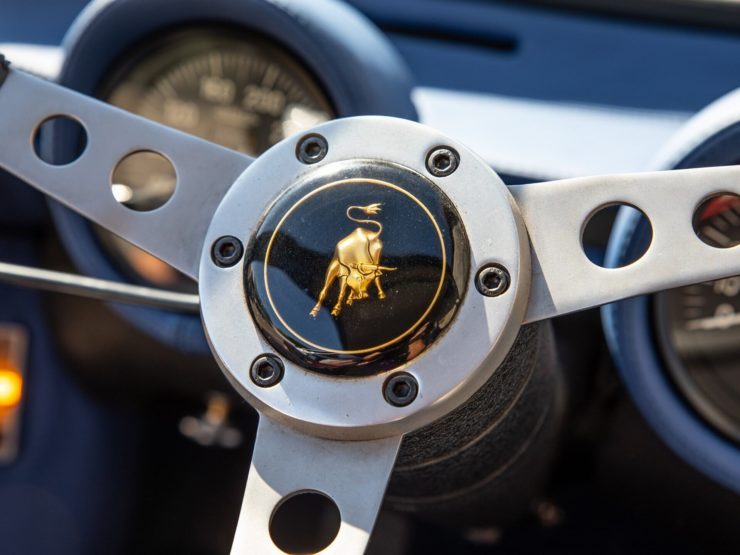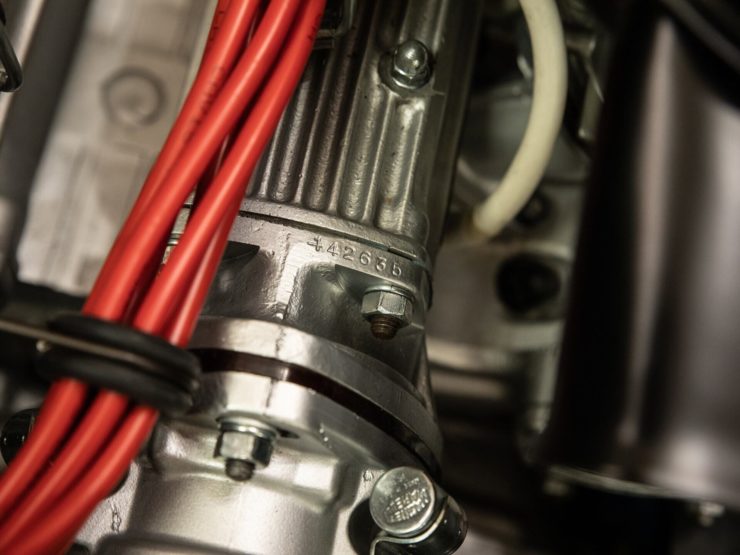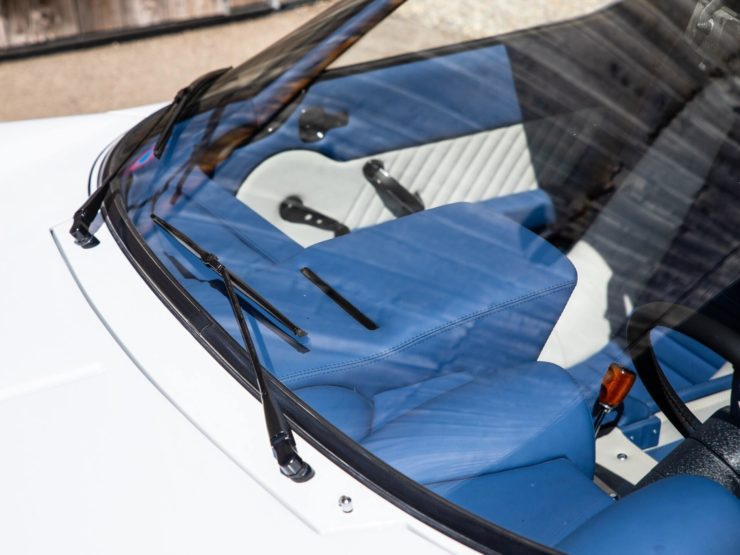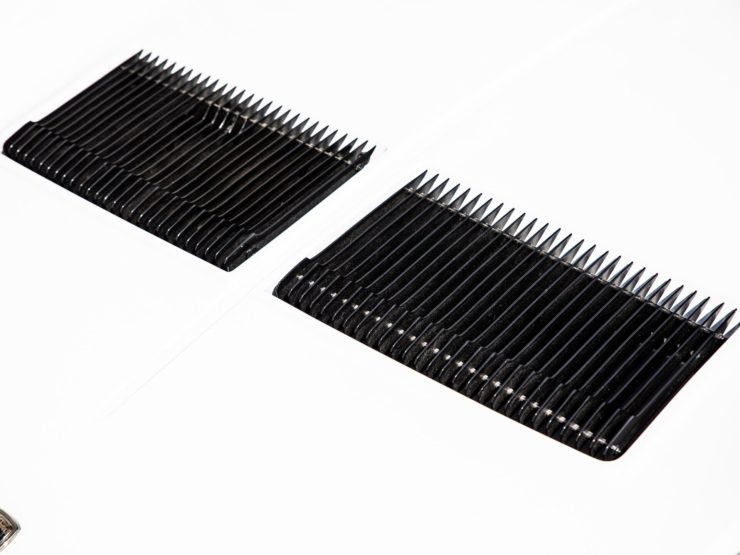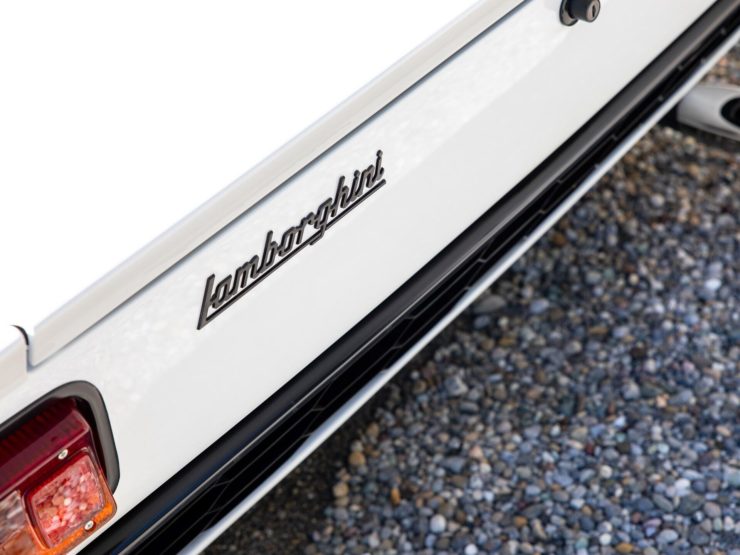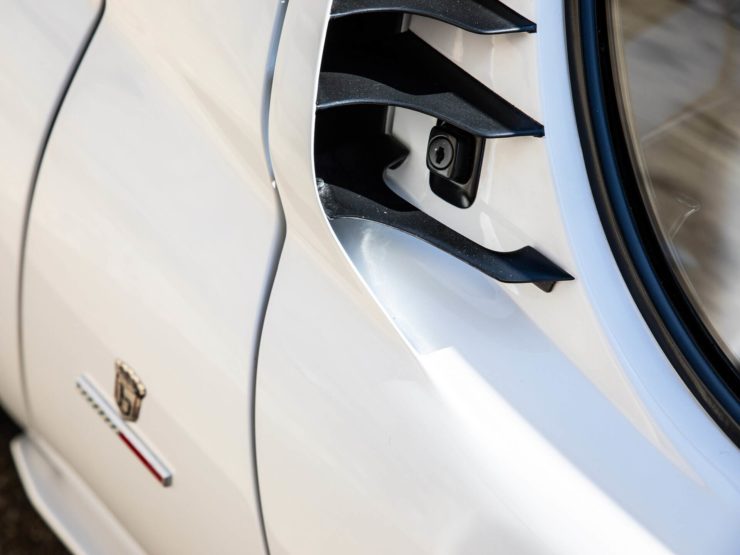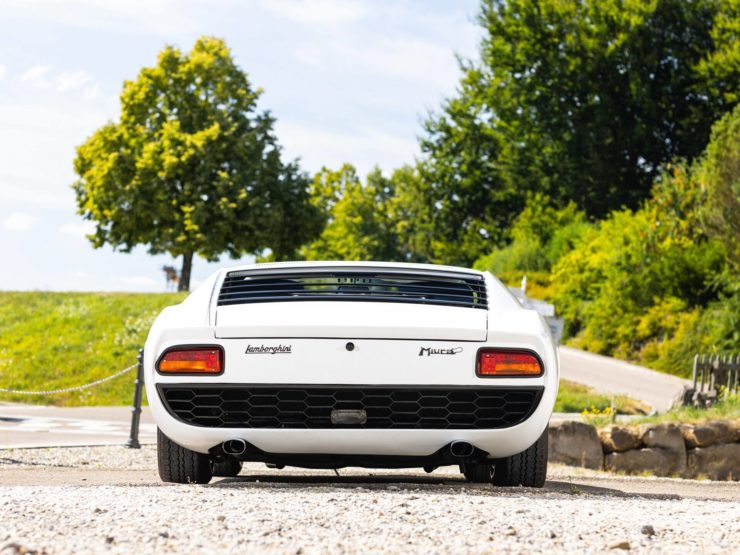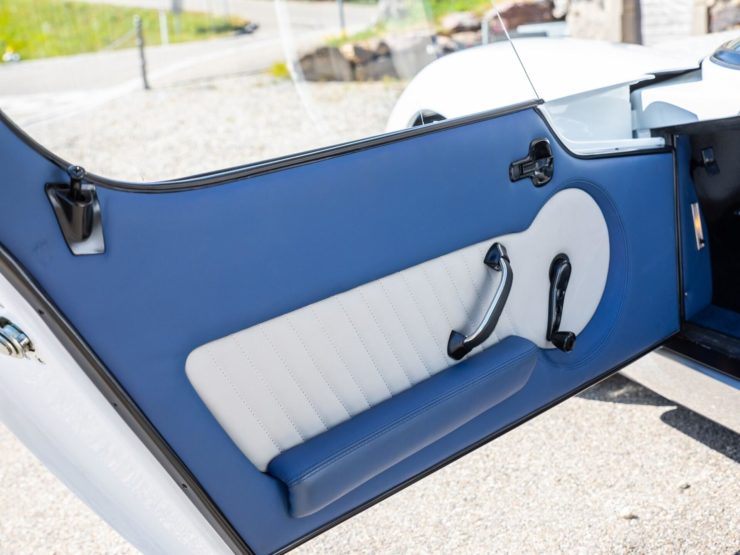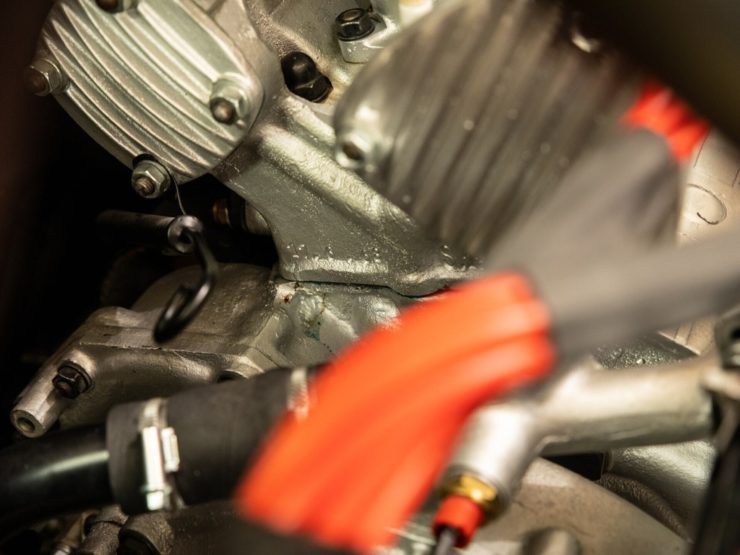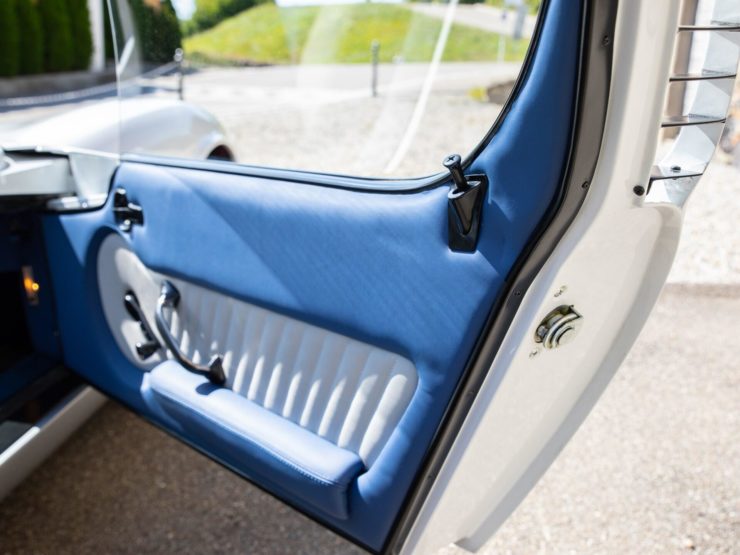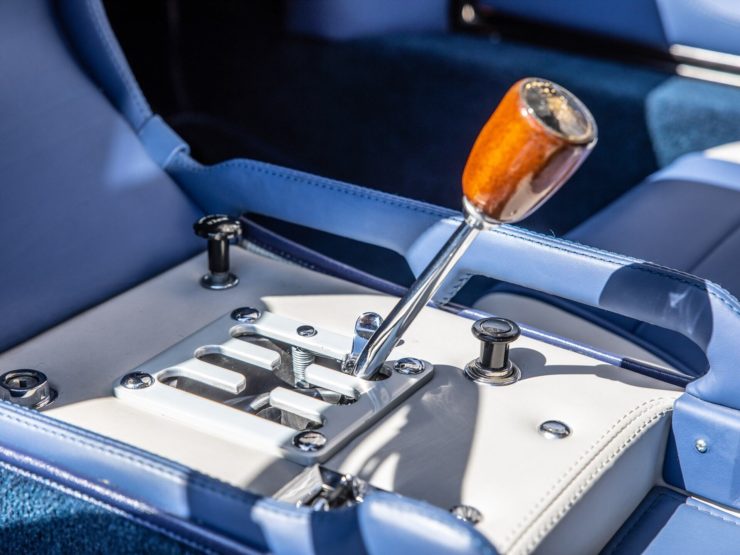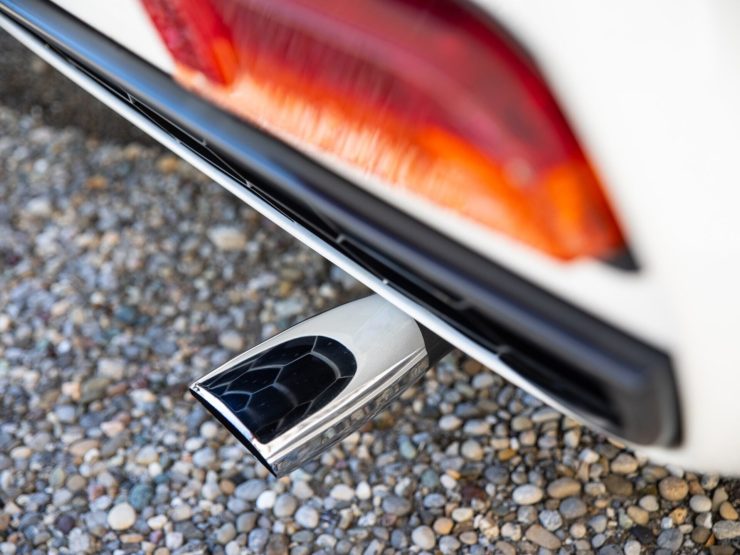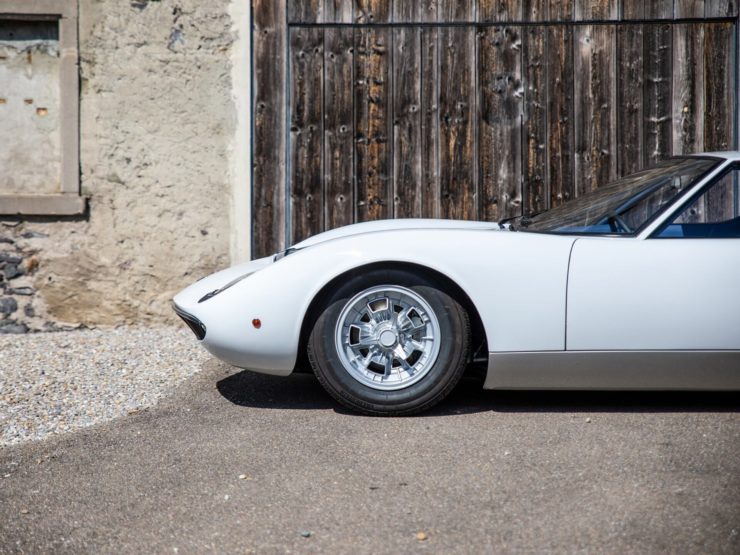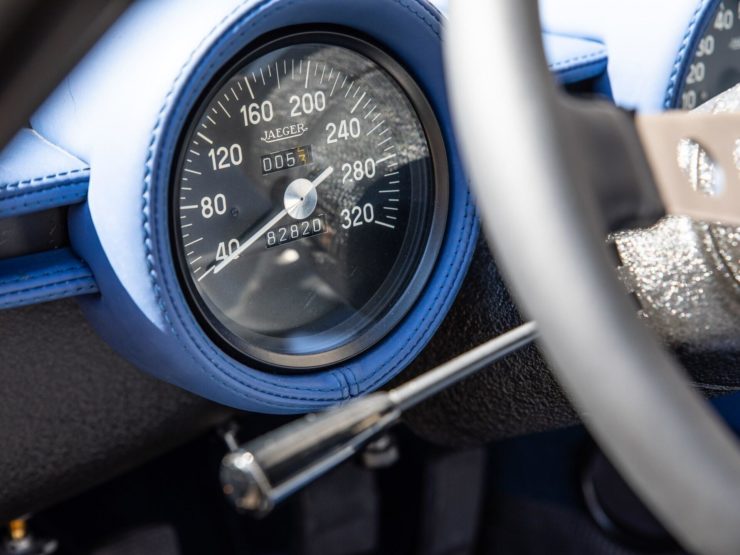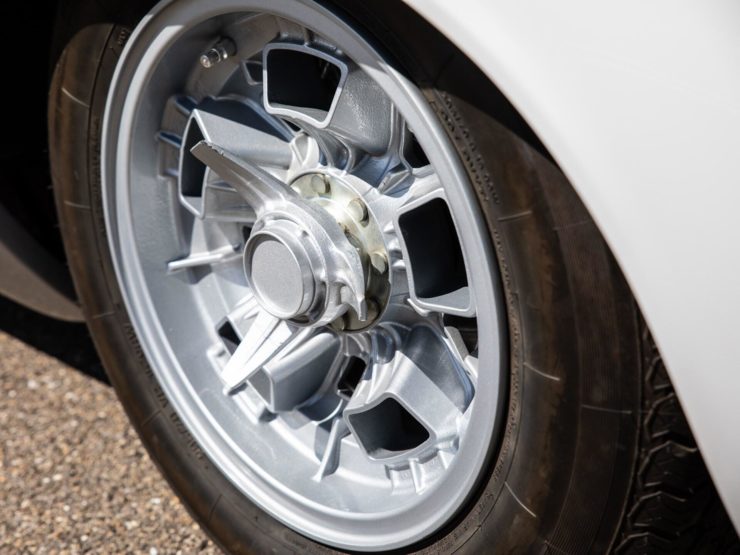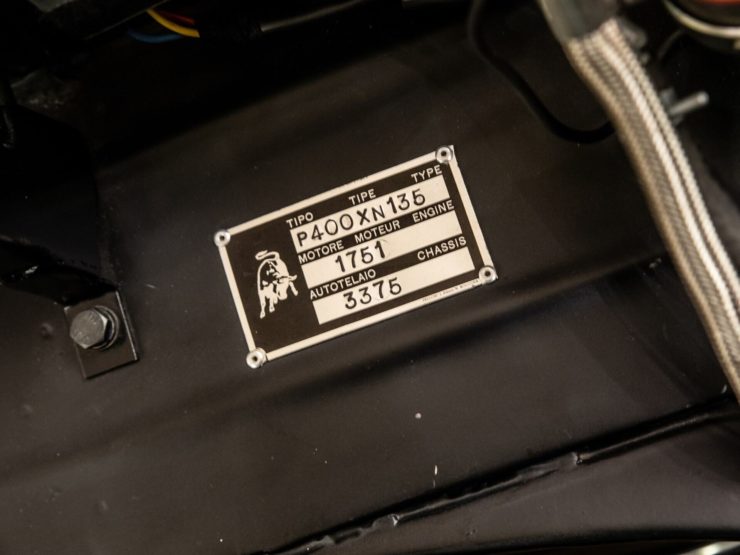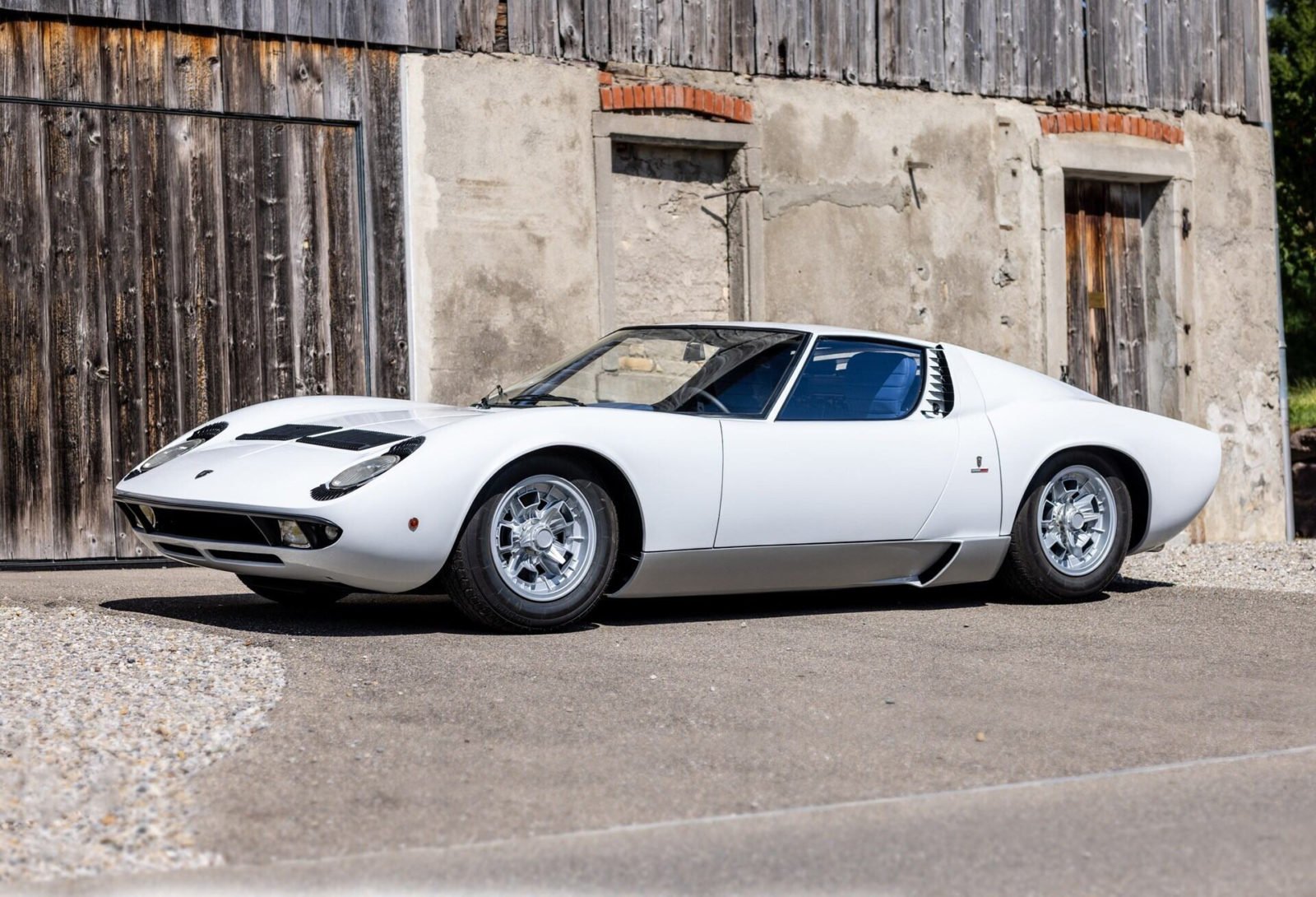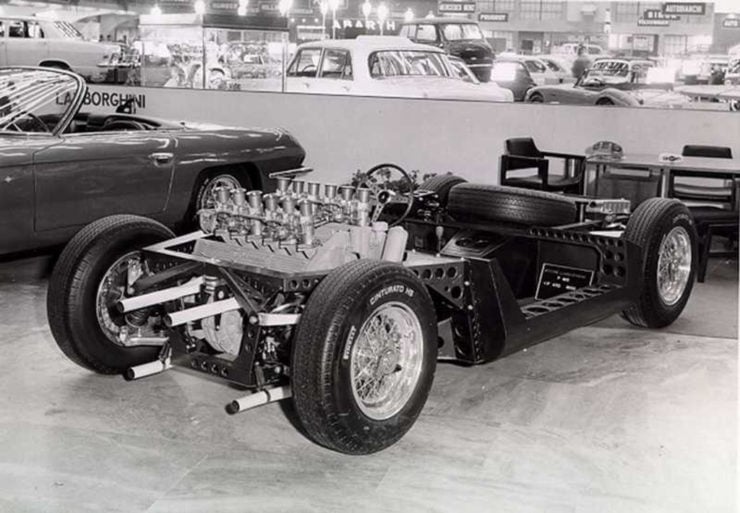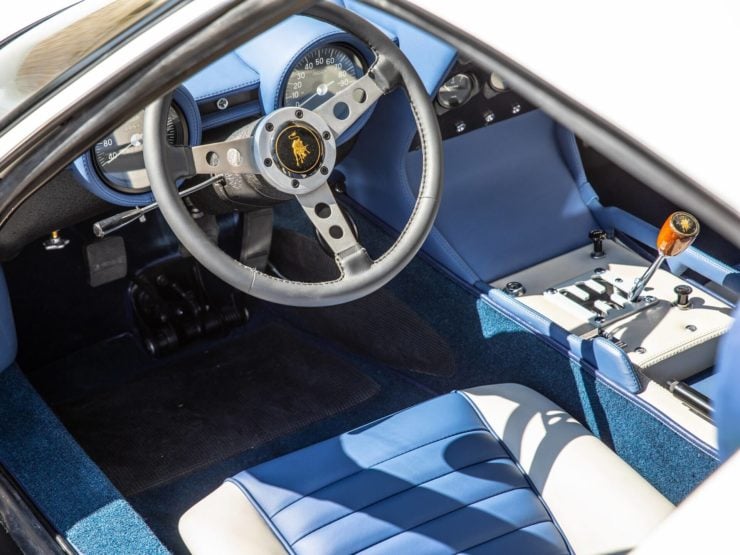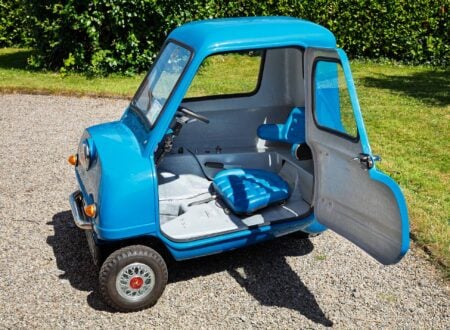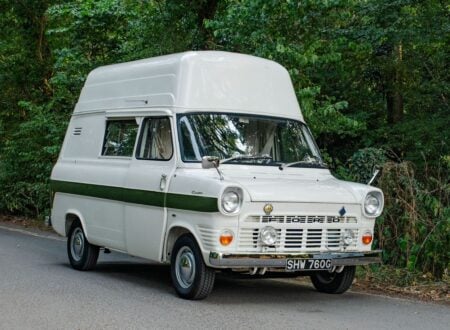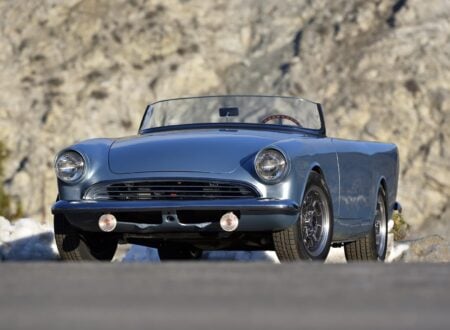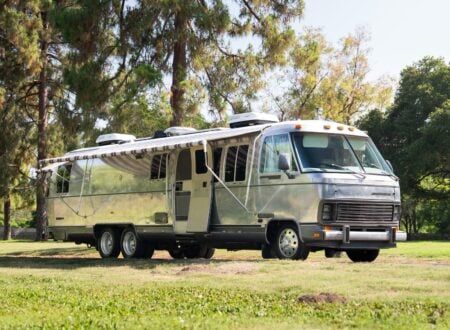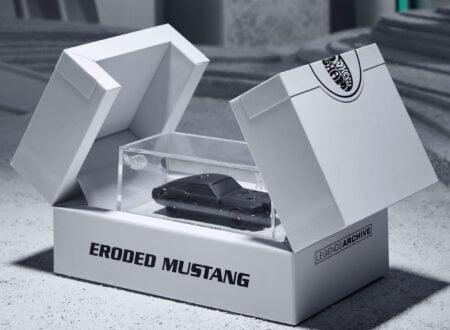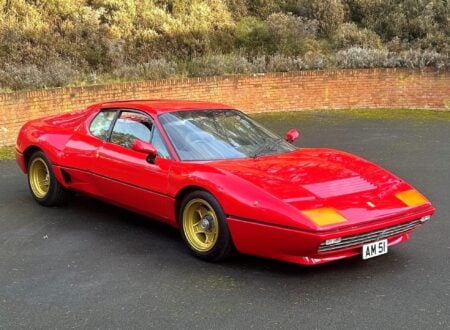The Lamborghini Miura is recognized as the world’s first “supercar” providing not only race car performance but presenting that performance in a luxury car that delivered comfortable and safe high speed travel.
It was the car that re-defined the “Grand Touring” car and gave us the foundational vision for all the supercars that would follow.
Fast Facts – Lamborghini Miura P400
- The Miura was not at first a car that Ferruccio Lamborghini was interested in creating – in fact it was too much like a racing car for his taste initially.
- Ferruccio was slowly brought around to liking and supporting the car when the rolling chassis was shown at the 1965 Turin Salon and gained some orders – despite the fact that the buyers had not seen the bodywork on the car yet.
- The Miura was not designed as a competition car and then converted to a road car as some high performance cars were – instead it was created from the get-go as a luxurious high performance Grand Touring car with the emphasis on comfortable, quiet, and effortlessly fast point to point motoring. This role if fulfilled exceptionally well.
Developing The First Supercar
The Lamborghini Miura was an undeniably visionary creation back in 1966. Ferrari were creating front-engined luxurious grand touring cars, Aston Martin had the gorgeous DB5 anointed with fame from its stardom in the James Bond movie “Goldfinger.”
Forward-thinking Colin Chapman of Britain’s Lotus Cars introduced the mid-engined Europa that year, but it was to be Lamborghini who exploded into the spotlight with their mid-engine supercar named the Miura: and not only was their new creation mid-engined, but they mounted the engine transversely enabling the car to be shorter, lighter, and endowed with tighter handling.
This was a first: an autobahn smoking luxury GT with a 3.9 litre V12 mounted sideways, and not only that, Marcello Gandini of Italian design house Bertone clothed this V12 machine with bodywork of beauty that even featured eyelashes around her headlights, and he somehow made it all work.
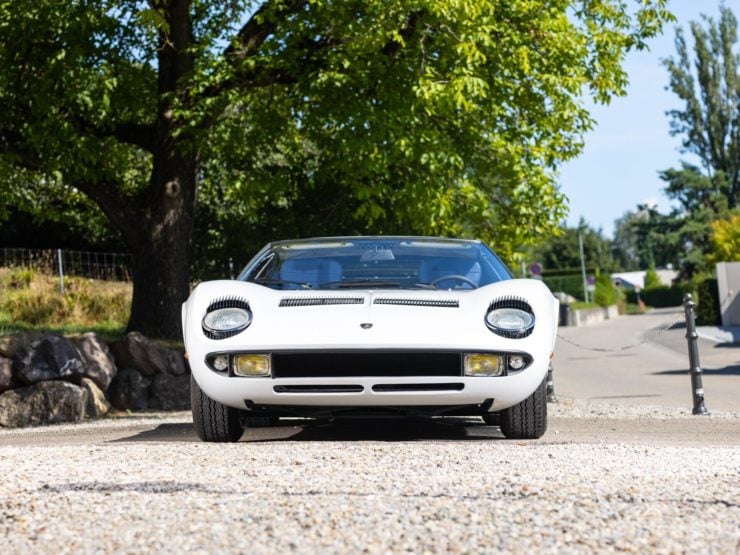

Underneath that uniquely graceful body Lamborghini’s engineers Gian Paolo Dallara, Paolo Stanzani, and Bob Wallace had created the foundation for this car that would push other exotic car makers to play catch-up.
They were so motivated to make this car succeed that they did their work on it after working hours because Ferruccio Lamborghini was initially not interested in their idea for a mid-engine GT at all.
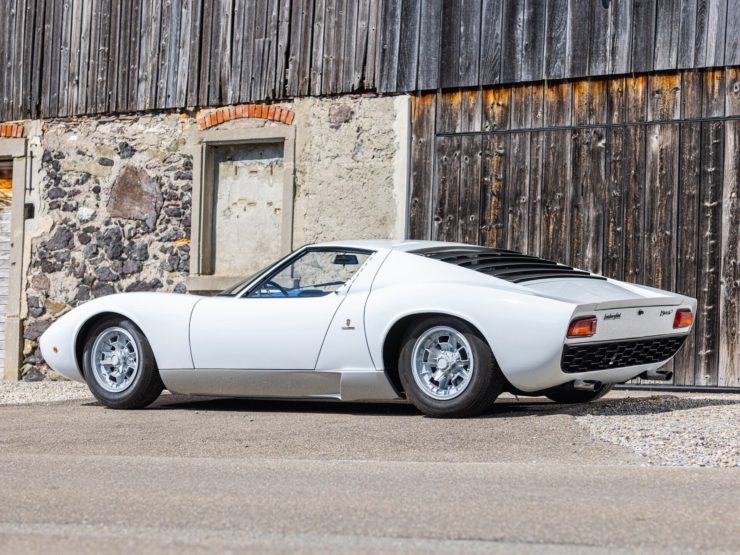

In Ferruccio Lamborghini’s mind rich people, including the likes of rock star John Lennon, were buying exotic luxury cars such as a Ferrari, or a Facel Vega (which is what Ringo Starr had purchased).
Mid-engined cars were racing cars in Lamborghini’s mind and he wasn’t interested in getting into motorsport: he wanted people to buy his cars because they offered the best in luxury high performance Grand Touring. But the team of Dallara, Stanzani and Wallace had a collective vision that would prove Lamborghini’s reluctance to be misplaced. It was a vision that would break the mould of what a luxury GT should be and created a new concept – the supercar.
When Ferruccio Lamborghini was finally shown the complete rolling chassis he was impressed, and interested enough to have the rolling chassis shown at the Turin Salon of 1965, which would serve as a reality check to gauge what the car buying public thought of it.
To Lamborghini’s surprise there were ten buyers putting in orders for the car even before it had a body or interior: this was clearly a concept for which a market existed.
The commitment was made to have a body designed for the car and to bring it into production. Marcello Gandini of Italian design house Bertone was commissioned to do the design and the first “supercar” was born.
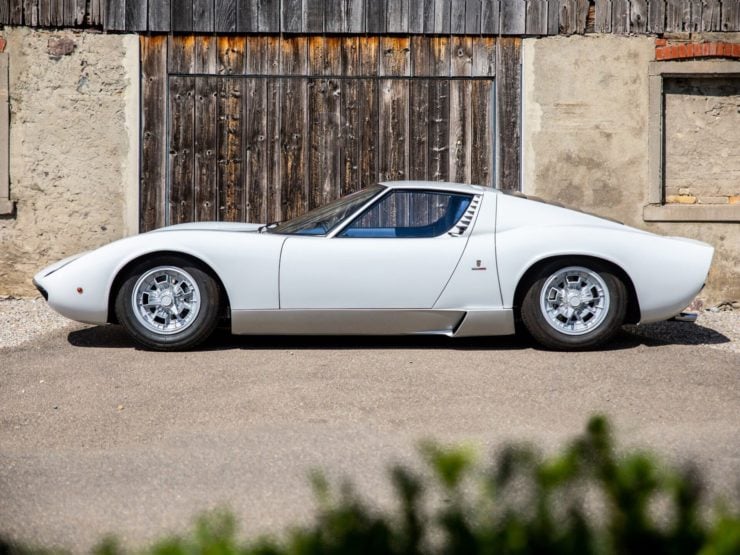

The Miura was displayed the following year at the 1966 Geneva Motor Show and proved to be the star of the show. The car displayed was not at that point a complete production model but it was sufficient to garner great enthusiasm. The decision was made to enter production.
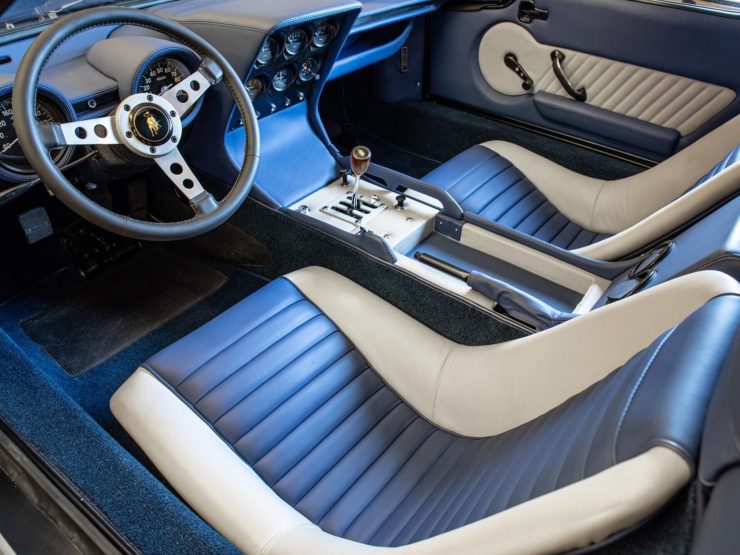

The first model produced from 1966-1969 was the Miura P400 (standing for “Posteriore 4 Litri” – i.e. posteriore means at the rear (posterior) and 400 for the 4 litre engine capacity, of which 275 were made.
It was fitted with the Lamborghini 3,929 cc V12 engine with 24 valves and producing 345 hp @ 7,000 rpm and torque of 270 lb/ft @5,000 rpm. Compression ratio was 9.8:1 except in the US where it was upped to 10.2:1.
For the clutch Lamborghini originally experimented with a three plate unit but for production settled for a less complex single dry plate clutch.
This engine was mated to a helical gear 5 speed all synchromesh manual gearbox which was integrated into the engine unit in much the same way as was done on Alex Issigonis BMC Mini and its siblings. The differential was limited slip, and the engine and transmission were cast together as one unit.
Top speed of this car was 172 mph (277 km/hr) with a standing to 60 mph time of 6.7 seconds.
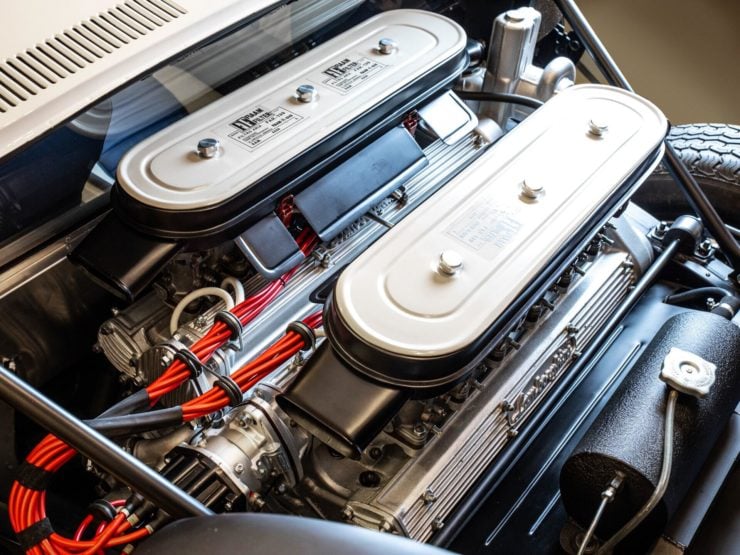

As with the BMC Mini and its family the Lamborghini Miura P400 series shared a common oil reserve for the engine, gearbox, and differential.
This of course meant that the transmission was not provided with oils that would have been the best choice for them. The system worked, but was changed to provide separate oil reserves on later models.
The V12 engine breathed via four, triple choke Weber 40 IDL3C carburettors.
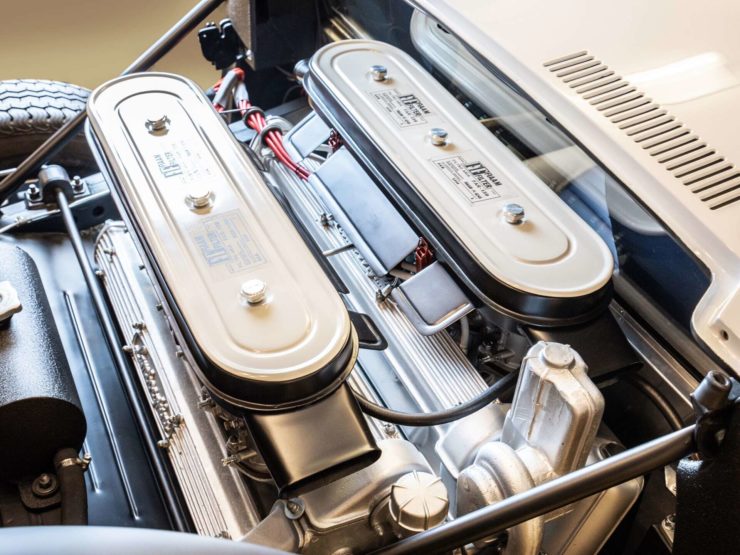

The steering was of course by rack and pinion with a tubular damper, and set up without power assistance to provide the best possible feel and direct control. With 3.45 turns lock to lock some reviewers initially thought it a bit slow – but changed their minds as they discovered just how fast this car would go and discovered that the designers had in fact used a steering ratio that was the perfect balance at high speed. The turning circle was 11 metres (36 feet).
Tyres were Pirelli Cinturato HS 205 VR 15 – the VR indicating these tyres were good for continuous use up to 165 mph and intermittent use above that.
The suspension was independent font and rear with unequal length wishbones, coil springs and telescopic shock absorbers, with a 3/4 inch anti-roll bar at the front and 5/8 inch at the rear. Brakes were Girling solid 12 inch discs without servo assistance, which modern sports car aficionados might think strange.
The absence of a servo greatly improves on brake feel, and by careful choice of brake pads Lamborghini were able to provide a delightful braking system giving excellent feel and responsiveness.
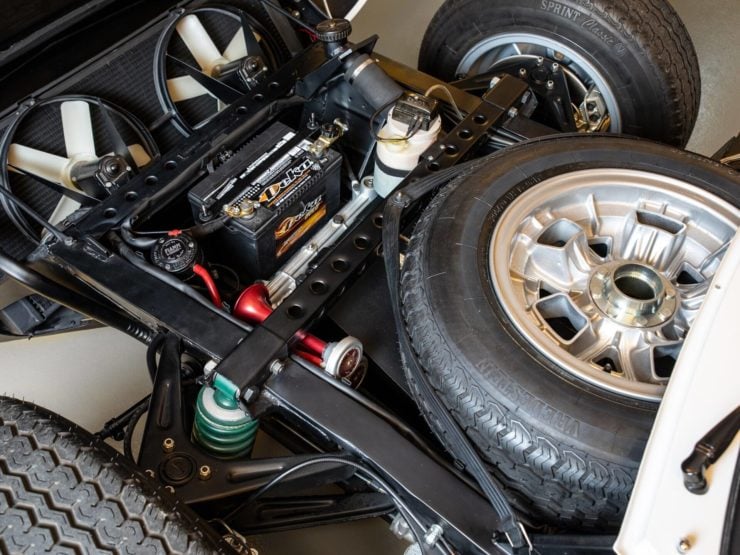

The fuel tank held 90 litres giving the car a range of approximately 294 miles (473 km) depending on driver technique and conditions.
Available cargo space was 140 litres – a decent amount for a car of this type.
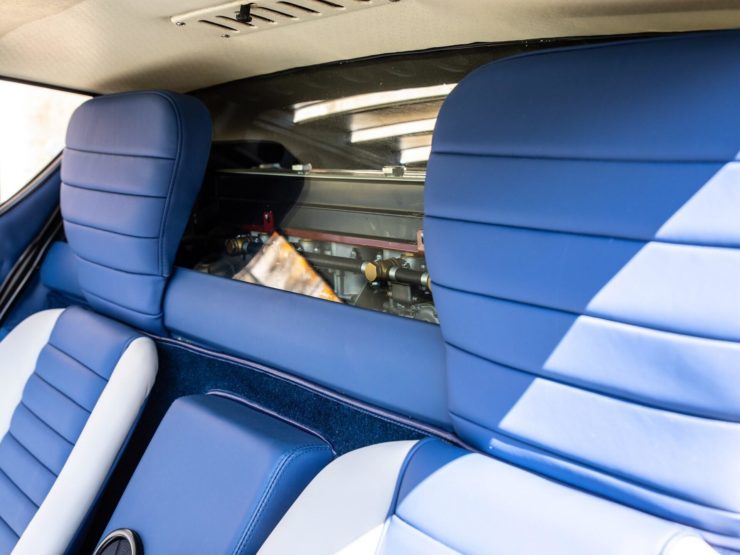

Lamborghini Miura P400, Chassis #3375, Production #135
This car which is coming up for sale by RM Sotheby’s at their St. Moritz auction to be held on 9th September 2022 is one of the earliest “thick chassis” cars. Early Miuras were made with a chassis of 0.9 mm to keep them as light as possible.
However by about production #125 a heavier gauge of steel was used to improve rigidity. The chassis was also treated to some design revisions to make it stronger. Public roads are not kept smooth and pothole free as are race-tracks and so the strengthening was deemed a wise idea.
This car was first owned by a client in Milan, Italy, before being shipped to the United States where at one point its owner decided to squeeze a Chevrolet V8 into it mated to a ZF transaxle.
No doubt it both sounded and performed superbly, but it did not stay like that and a subsequent owner undertook a restoration to put the car back into completely original condition with a correct Lamborghini V12 engine and transmission – thankfully.
During that restoration the car was stripped back to bear metal and repainted “Bianco Miura” while the interior was re-done in blue and light grey leather.
The Lamborghini Miura was the car that created a whole new genre of grand touring car – which came to be known as the “supercar”. As a mid-engine touring car it had few predecessors, arguably the first being the Mercedes-Benz 150 Mid-engine Sports Car (W30) created by Hans Nibel with input from chassis engineer Max Wagner and introduced in 1934.
The Miura was and still is one of the most eye-catching cars ever created. It was also one that was brilliantly engineered.
You will find out more details of this car if you visit the RM Sotheby’s sale page here.
Photo credits: Neil Fraser ©2022 Courtesy of RM Sotheby’s except where otherwise marked.
